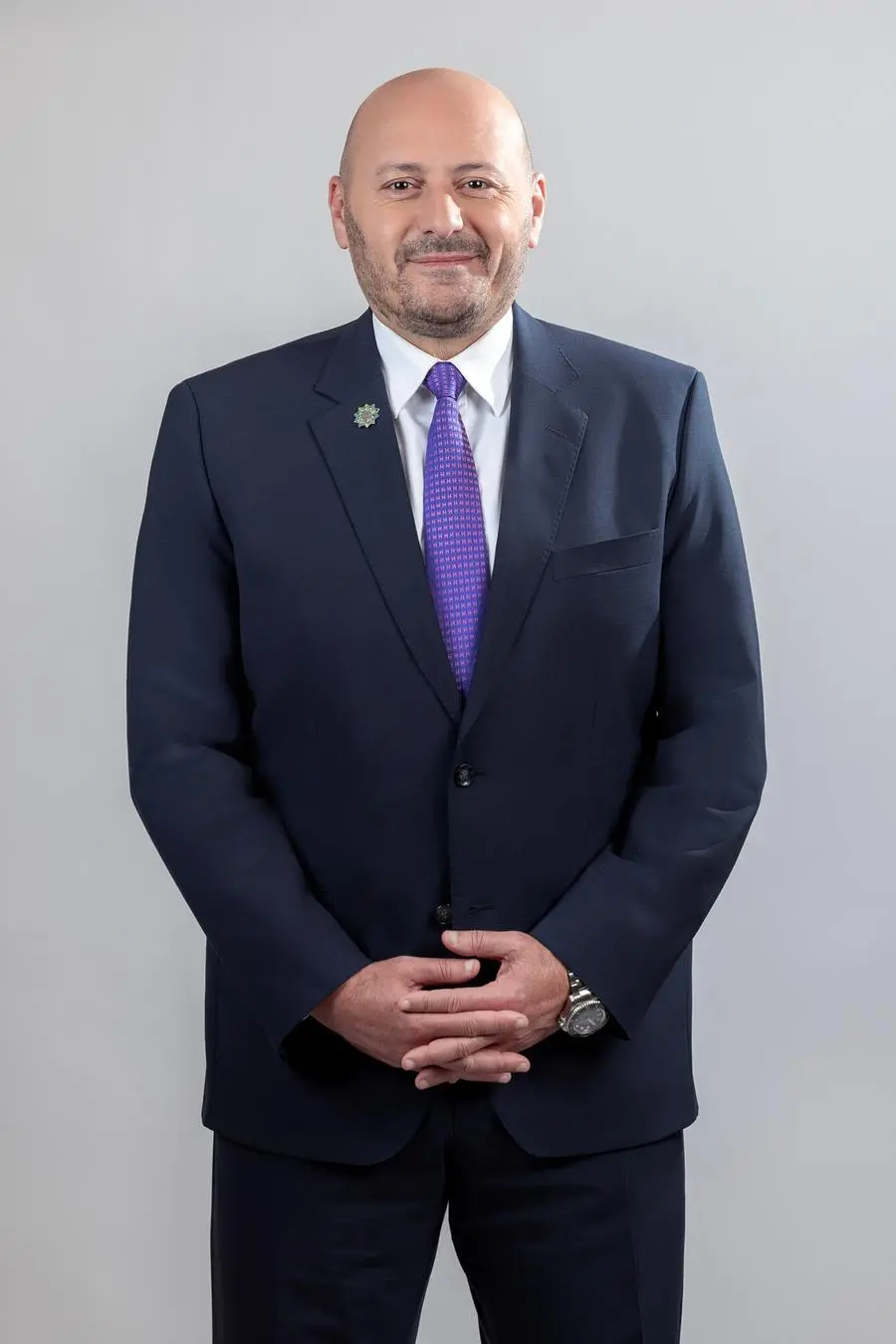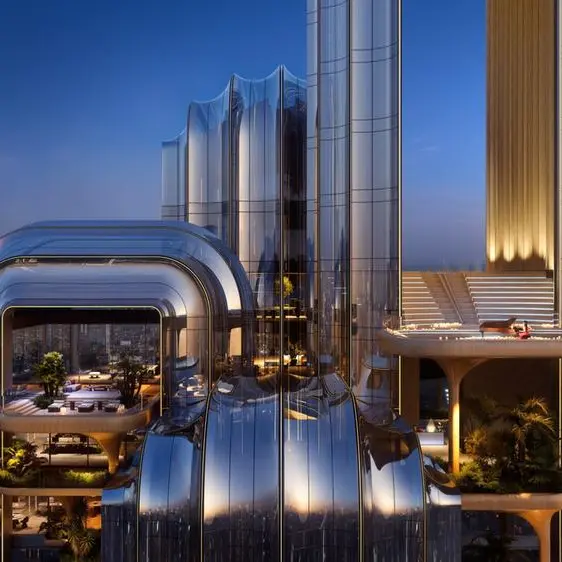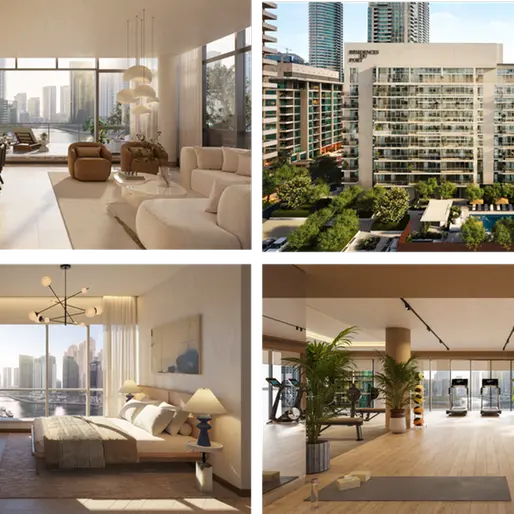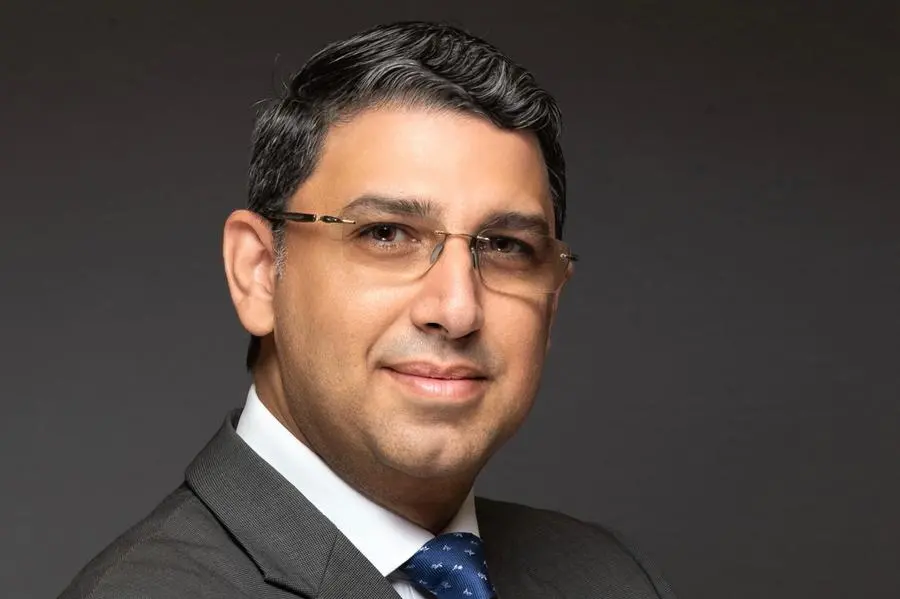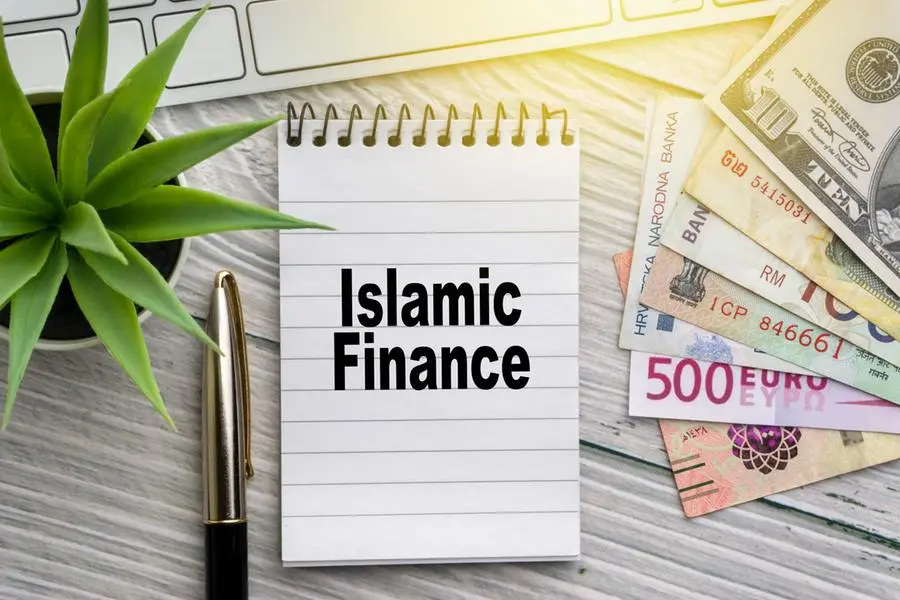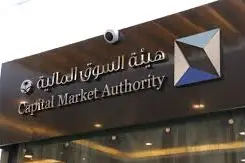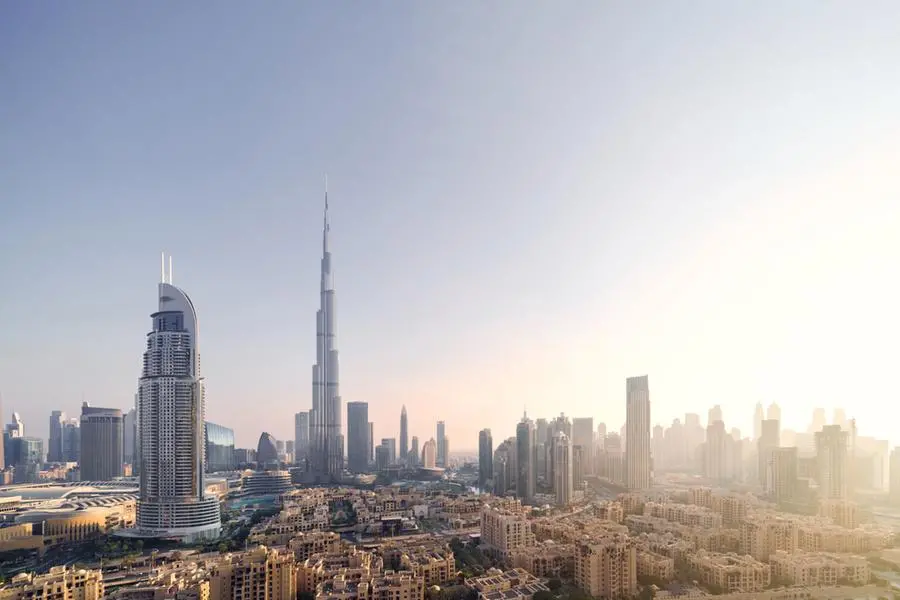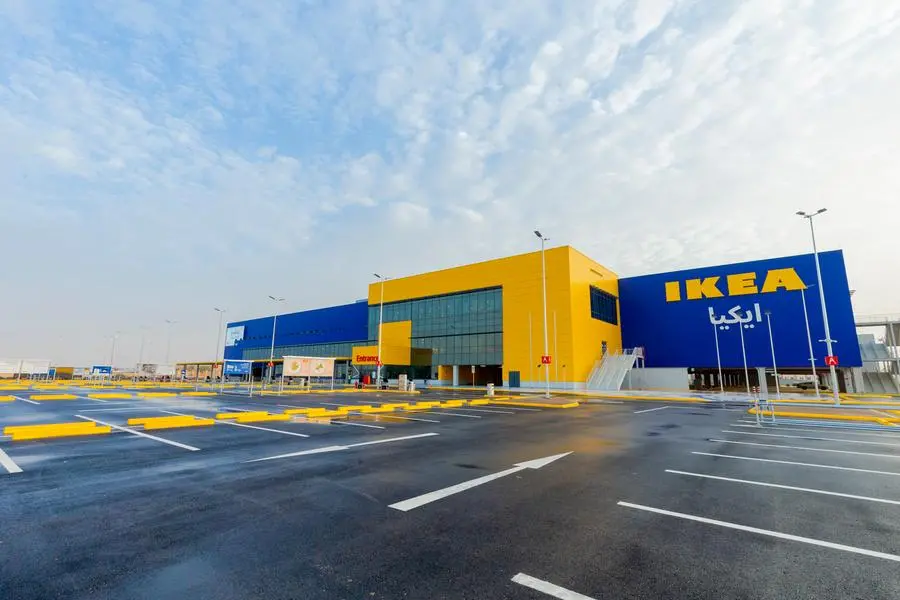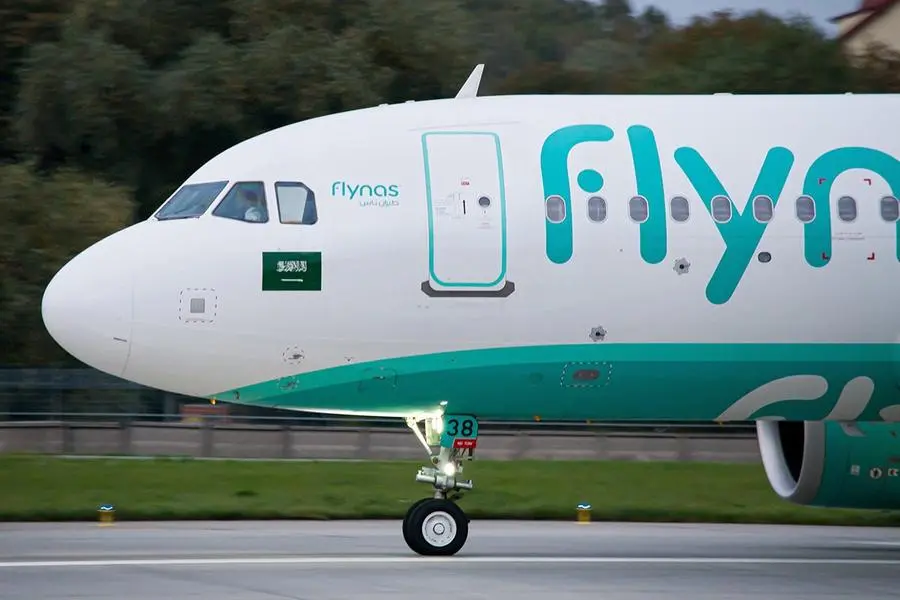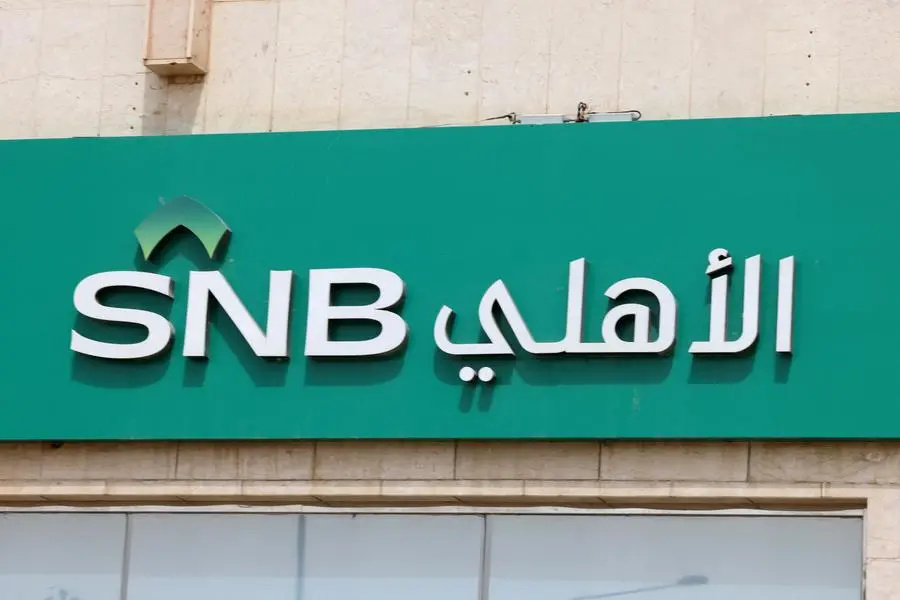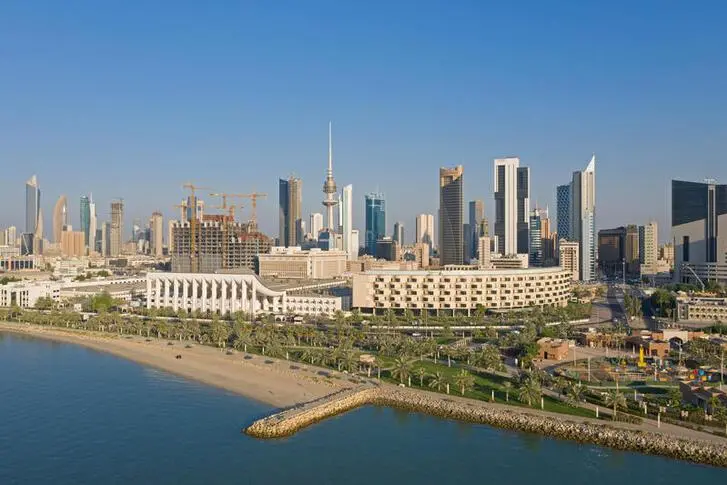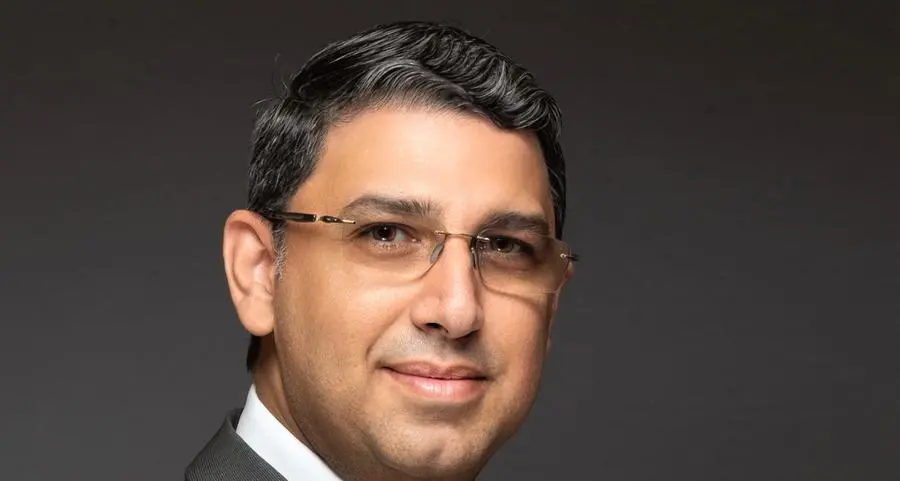Largest sustainable building in the Estidama programme achieves 3 Pearl Design Rating and becomes a regional benchmark for sustainable airport design-
3rd September 2013, Abu Dhabi, UAE - At a ceremony held earlier today, Abu Dhabi Urban Planning Council (UPC) awarded Abu Dhabi Airports Company's Midfield Terminal Building (MTB) project, currently the largest sustainable building in the Estidama programme, with a 3 Pearl Design Rating from the Estidama Pearl Building Rating System (PBRS).
The Estidama Pearl Rating System is a framework for sustainable design, construction and lifecycle operation for communities, buildings and villas. Estidama is a programme developed by the UPC, which was conceived to promote a new mindset that reflects the intellectual legacy of the late Sheikh Zayed bin Sultan Al Nahyan and his visionary governance in promoting thoughtful and responsible development through the creation of a balanced society based on four equal pillars of sustainability: environmental, economic, social and cultural.
The Estidama 3 Pearl Design Rating certificate was awarded by H.E. Falah Mohamed Al Ahbabi, General Manager of the Urban Planning Council, to H.E. Ali Majed Al Mansoori, Chairman of Abu Dhabi Airports Company, with key officials from both entities at Abu Dhabi Airport's Company's headquarters in attendance.
H.E. Ali Majed Al Mansoori, Chairman of Abu Dhabi Airports Company, commented: "Abu Dhabi Airports is committed to environmental sustainability and to supporting Abu Dhabi Vision 2030, and takes pride that its commitment and efforts have led the project to achieving the 3 Pearl Rating. Sustainability is and has always been a key consideration at every stage of the Midfield Terminal Building's development, with the goal of Abu Dhabi International Airport becoming a global leader in sustainable airport design, construction and operations."
Designed to be the new gateway to Abu Dhabi, the MTB is now the highest rated airport terminal in the GCC, and the largest singular building ever to be rated globally.
Having identified an unprecedented opportunity to collaborate, the UPC and Abu Dhabi Airports Company worked together to take the MTB project from a 2 Pearl to a 3 Pearl Design Rating.
Recognising the achievement, H.E Falah Al Ahbabi, General Manager, UPC, said: "Achieving a higher rating beyond the mandatory requirements is proof that Abu Dhabi Airports Company is an active proponent of our initiative and a true partner in progress. Creating sustainable developments is an essential part of Abu Dhabi Vision 2030 and our Estidama programme is committed to working and growing with developers who have been convinced of the tangible benefits of sustainable practices and are dedicated to designing and building environmentally sound projects. Abu Dhabi has taken great leaps to translate its strategic vision into reality through the implementation of its Estidama Pearl Rating System and we would like to congratulate Abu Dhabi Airports Company for their forward-thinking attitude and the importance they place on sustainable development, as demonstrated by their design of the highest Estidama rated project of this kind. We look forward to continuing our collaboration with Abu Dhabi Airports Company as the MTB comes to realisation through construction."
The MTB was designed to achieve a considerable reduction in annual energy consumption through the specification of an appropriate and climate responsive building form and façade, which will feature a high performance low-e double glazing to reduce solar gain, and low U-values specified for the walls and roof to minimize heat gain. Substantial energy demand reductions will also be achieved through the use of a highly efficient lighting system and an adaptive and effectively controlled HVAC system.
A sophisticated Building Management System and an Advanced Energy Measurement and Targeting System will also be in place to allow the energy performance of the building to be recorded and monitored, which will enable clear monitoring and understanding of energy use and potential improvements. This information is planned to be used to assist sustainable communication practices for both passengers and operators alike.
Limiting the use of potable water was a priority in the MTB design. Water demand was specifically studied and water fixtures were selected based on their ability to maximize reductions. In doing so, the MTB can achieve and maintain a reduction in water consumption of 45% over a comparative baseline case.
Furthermore, there is a commitment to divert a minimum of 75% of construction waste from landfills during the construction phase. In addition to using recycled materials where practical, regional materials have been selected for the construction of the MTB to reduce the demand for fossil fuels for transportation purposes.
In June 2012, Abu Dhabi Airports Company and the joint venture of TAV, CCC and Arabtec signed an AED 10.8 billion contract for the construction of the MTB, designed by Kohn Pedersen Fox Associates (KPF), at Abu Dhabi International Airport (AUH). Construction of the MTB will be completed in the third quarter of 2017.
The MTB is the third airport project for Abu Dhabi Airports Company to receive Pearl certification. The new Bus Gate Building and the new Arrivals Hall at AUH have also recently received Pearl certification. These two projects are key elements of the Capacity Enhancement Programme at AUH.
-Ends-
About Abu Dhabi Airports Company
Abu Dhabi Airports Company is a public joint-stock company wholly owned by the Abu Dhabi Government. It was incorporated by Amiri Decree number 5, issued on 4 March 2006, to spearhead the development of the Emirate's aviation infrastructure. In September 2006, Abu Dhabi Airports Company assumed responsibility for the operation and management of Abu Dhabi and Al Ain International Airports. In 2008, Abu Dhabi Airports Company added Al Bateen Executive Airport (an exclusive private aviation airport), and Sir Bani Yas and Delma Island Airports to its portfolio. These airports are geared to serve the various segments of air travelers, the aviation marketplace, and will help contribute to Abu Dhabi's development as a destination for both business and leisure tourism.
Currently under way is the multi-billion dollar re-development and expansion of Abu Dhabi International Airport designed to increase the overall capacity of the airport to more than 40 million passengers per year. As part of this redevelopment, a second runway and a third terminal have been completed.
About the Abu Dhabi Urban Planning Council:
The Abu Dhabi Urban Planning Council was created by Law number 23 of the year 2007 and is the agency responsible for the future of Abu Dhabi's urban environments, and the expert authority behind the visionary Plan Abu Dhabi 2030 Urban Structure Framework Plan published September 2007. Chaired by His Highness Sheikh Mohamed Bin Zayed Al Nahyan, Crown Prince of Abu Dhabi and Chairman of the Abu Dhabi Executive Council, the Abu Dhabi Urban Planning Council defines the shape of the Emirate, ensuring factors such as sustainability, infrastructure capacity, community planning and quality of life, by overseeing development across the city and the Emirate as a whole. The Abu Dhabi Urban Planning Council ensures best practice in planning for both new and existing urban areas.
The Abu Dhabi Urban Planning Council's primary purpose is to deliver upon the vision of His Highness Sheikh Khalifa bin Zayed Al Nahyan, President of the UAE, Ruler of Abu Dhabi for the continued fulfilment of the grand design envisaged by the late Sheikh Zayed bin Sultan Al Nahyan and the ongoing evolution of Abu Dhabi as a global capital city. By drawing on urban planning expertise locally, throughout the GCC and around the world, the UPC strives to be a global authority on the future of urban planning and design.
For more information, please contact:
Asala Faddah
Mob: +971 56 696 0787
Tel: +971 2 447 2805
E-Mail: adac@hillandknowlton.com
Radwa Shehab
P.O. Box: 94449, Abu Dhabi, U.A.E
Tel: +971 2 504 3261
Fax: +971 2 575 8300
Mob: +971 2 62 2349
E-mail: rshehab@adac.ae
© Press Release 2013

